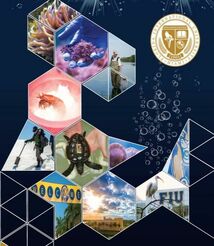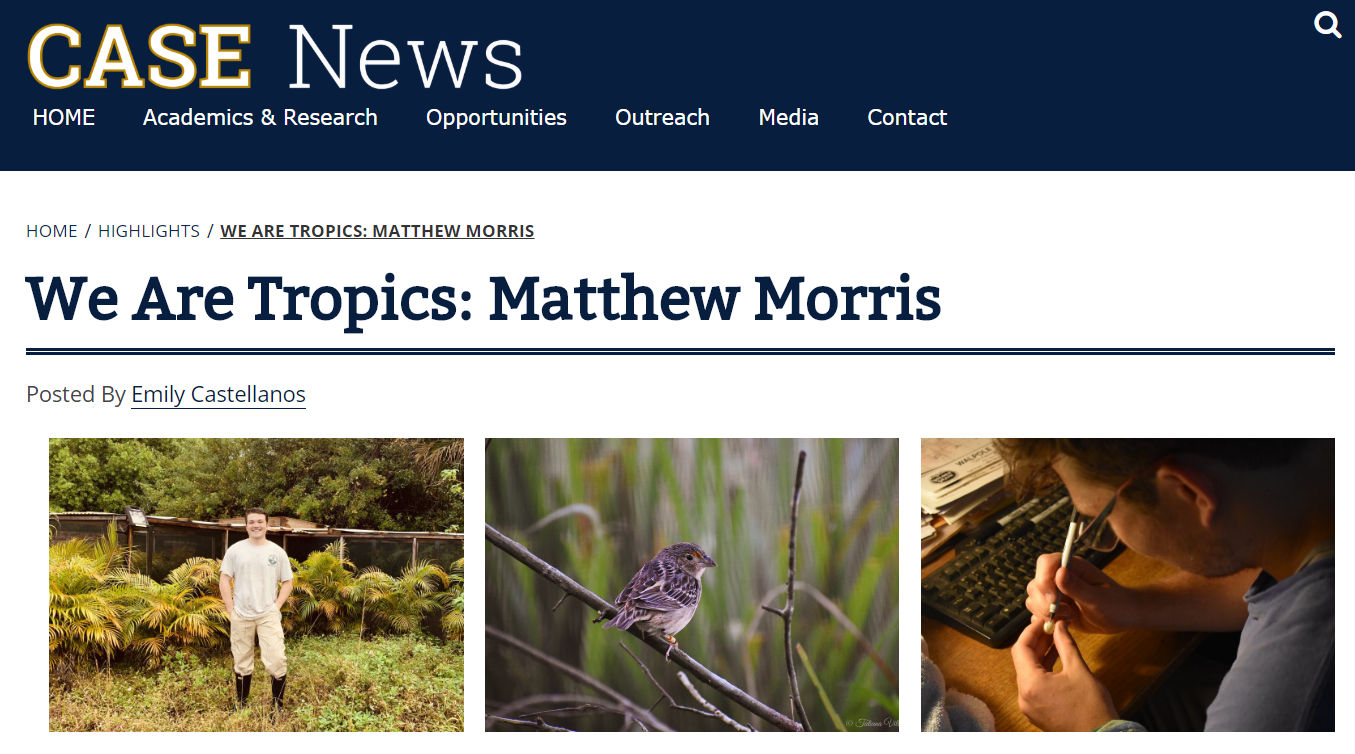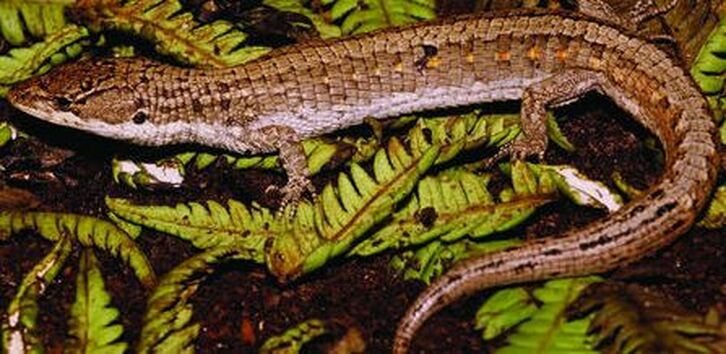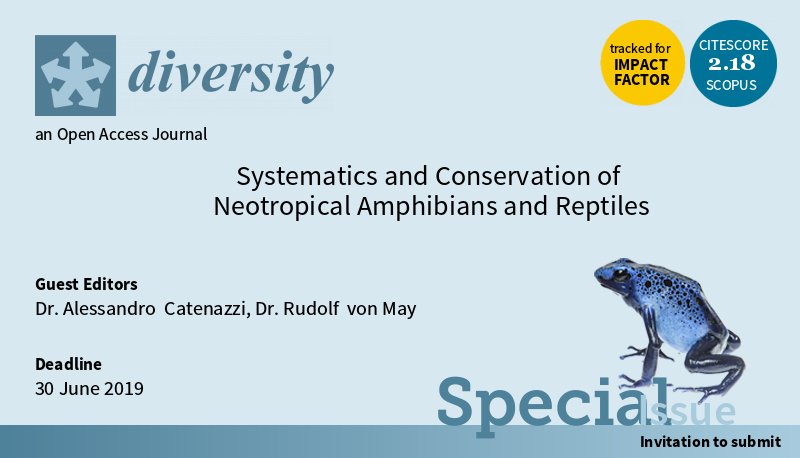|
Matt's research on the endangered Florida Grasshopper Sparrow is featured today in CASE News, the news bulletin of FIU College of Arts, Sciences and Education. Congrats Matt!
0 Comments
Squamates count a new genus with the description of Dendrosauridion yanesha, a new species of arboreal lizard from the Amazonian slopes of the Andes in central and southern Peru (photo above by M. Lundberg). The article authored by collaborator Dr. Edgar Lehr appeared today in the latest issue of the journal Salamandra. This new lizard had been identified as a distinct taxon and lineage in previous molecular phylogenies. The new genus Dendrosauridion can be distinguished morphologically from all other similar genera (in the group Cercosaurinae) by having the lower palpebral disc transparent and undivided, dorsal scales smooth, lateral scales distinctly smaller than dorsal scales, and lateral scales adjacent to ventrals non-granular, not forming a distinct longitudinal line along body axis. The new lizard has only been found at two localities, near Oxapampa in central Peru and near Abra Malaga in southern Peru, but its secretive and arboreal habits might make it difficult to detect at other sites. It is possible that Dendrosauridion yanesha has a larger distribution and/or that it is a more abundant species than we document in the paper. Along with our recent discovery of Euspondylus excelsum and other arboreal lizards, the addition of D. yanesha shows that the montane forest canopy of the Amazonian Andes still harbors an underestimated biodiversity of squamates.
In collaboration with Dr. Rudolf von May, we are co-editing a special issue of the journal Diversity dedicated to the Systematics and Conservation of Neotropical Amphibians and Reptiles.
The purpose of this special issue is to gather original studies focusing on herpetological systematics and conservation. We welcome contributions focusing on any Neotropical group of amphibians and/or reptiles, and which use original data or modeling of available data, aimed at improving the use of systematic and taxonomic knowledge for conservation. We also encourage papers proposing new methods to accelerate taxonomic studies, including those that present technological advances to quickly generate molecular data. This special issue will be open to all facets of conservation, ranging from applied conservation (i.e., to improve captive breeding programs, help design protected areas, or to design education projects) to policymaking and assessments of species threat status. We especially encourage reports of successful conservation initiatives that rely on the use of newly generated taxonomic information. We welcome submissions until 30 June 2019. Learn more at https://bit.ly/2BfgRs3 Photo of Dendrobates tinctorius azureus courtesy of Emanuele Biggi.  Alex, Kenny and Mike (Dr. Donnelly's lab) presented at the FIU Biology Research Symposium on Saturday 2 February. The Biosymposium is a celebration of research conducted by students in the biological sciences at FIU. The purpose of the Symposium is to allow students to present their projects, proposals, and results in a friendly, yet professional atmosphere. At the same time, the entire Department of Biological Sciences benefits as people become familiar with the work of others. We had three prospective students visiting our lab and FIU during the weekend. Our lab presentations were: Environmental Release of Bd: Shedding rates across an amphibian community, by Alex Shepack (oral, 15 min) Metabolic ecology of over 100 species of amphibians across a 5,000 meter elevational gradient in the Peruvian Andes, by Mike Britton (oral, 15 min) - won 2nd prize for best oral presentation! Effects of chytridiomycosis on fecal nutrients in tadpoles, by Kenny Anderson (oral, lighting talk) |
Archives
June 2024
CATENAZZI LABNews from the lab Categories |



 RSS Feed
RSS Feed